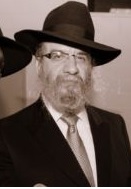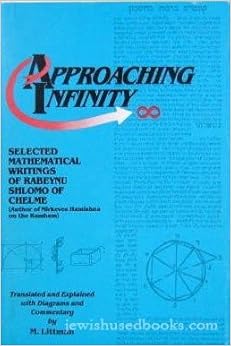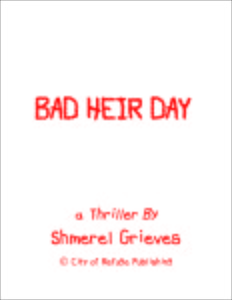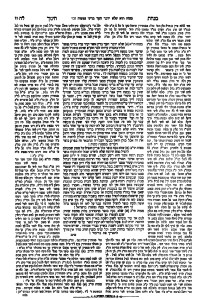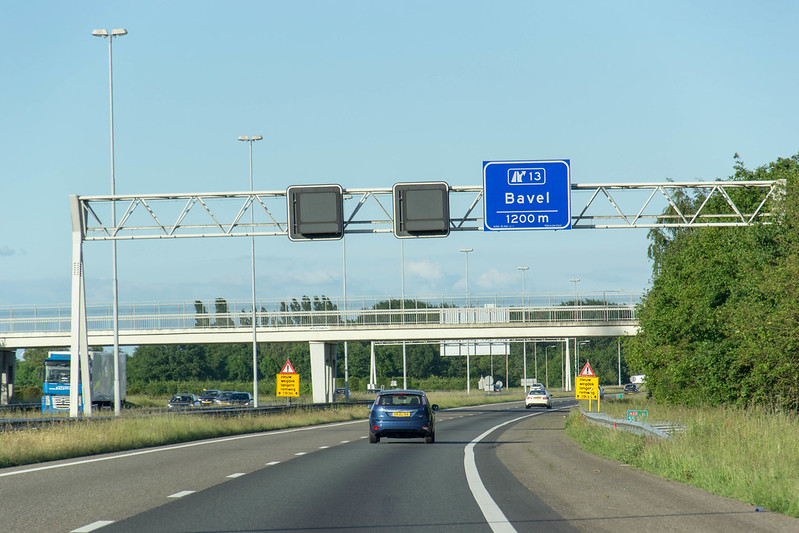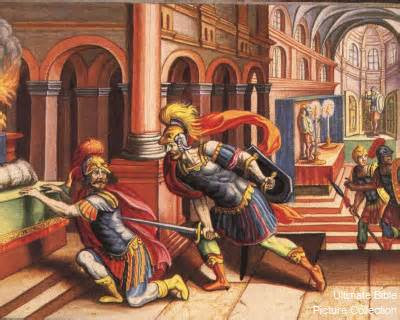Makos 12b (2)
Thanks to Eli Chitrik
- The Gemara mentions that if a person who is already in the Arei Miklat kills beShogeg again!!!!! he needs to go to Galus. But he is exiled from his neighborhood to another within his Ir Miklat, being forbidden to roam around the entire Ir Miklat he must stay in the confines of the neighborhood.
So now there are two Goel Hadams running after this fellow refugee. He is protected from the first as long as he stays in the city limits. And protected from the second as long as he stays inside his new neighborhood.
Based upon this the Aruch Laner brings up an interesting question.
What happens if this shlemazel leaves the neighborhood (the second place he went to) but stays within his Ir Miklat?
The second Goel Hadam is permitted to take revenge on him since he left the new designated neighborhood (within the Ir Miklat!).
Asks the Aruch Laner: Perhaps the first is also permitted to take revenge because although he has not left the city confines and he is still in the Ir Miklat, he nevertheless has left the ‘new place of refuge’ where he must be confined to!
And as Berel (from the famous Malachowski family) pointed out, this is a good ‘Heiche Timtza’ of how a Goel Hadam is permitted to kill the refugee inside the Arei Miklat!
2 The Luzzatto family was discussed.:

Firstly the holy Ramcha”l, Reb Moshe Chaim Luzzatto who was a Mekubal and prolific writer who lived in the times of the Baal Shem Tov. He authored the Mesilas Yeshorim. The Tzemach tzedek mentions him at least one time.
On the other end of the spectrum is Shmuel Dovid Luzzatto, known as the Shada“l. (See here in English Hebrew)
Note: we mention these two individuals with the same family name – taking note that of them being worlds apart– to discuss the novel idea of the Shada”l in regards to the entire concept of “Arei Miklot”.
FULL DISCLOSURE
The writings of Shada”l is not something that Orthodox Jewry commonly quotes. His novel ideas are generally frowned upon. Although he was personally frum and a staunch defender of the frum world, his ideas on translating. emending and explaining Tanach are viewed as crossing the line of our Mesorah. See here.
The Rebbe references an antique manuscript that was edited by Shada”l. See here. (Thanks to David Olidort for this reference)
Background to one of Shada”l’s novel ideas:
The much quoted Rambam in Moreh Nevuchim about the nature of the Korbonos. He states that the commandments to bring sacrifices were merely a method to gradually wean people away from sacrificing to Avoda Zara.
See here and more.
The Ramban objects (to say the least) to this. And of course Kabalah and Chassidus could not agree more with the Ramban. See Basi Legani etc.
Now to our topic: Shada”l takes the Rambam’s reasoning to explain the idea of Orei Miklot.
In days of old it was common for revenge to be extracted by the victim’s family from killer. Regardless if the death was intentional or not.
At Matan Torah, in order for to establish some form of order and justice the Torah subscribed rules on how to deal with murder. It was the intention NOT to allow revenge killings under any circumstance.
Therefore, when it was clear that the murder was intentional, the Torah mandates that accused is to be judged and protected by Beis Din from the avenging family. It is up to the courts to pass judgement and if found guilty to put to the murderer to death.
However, if the killing was done inadvertently, although Torah allows the Goel Hadam to pursue the murderer, the Torah clearly prefers and attempts to prevent revenge killings through the escape of the Arei Miklat. Time is given for tempers to calm down.
A novel idea from the Shada”l.
